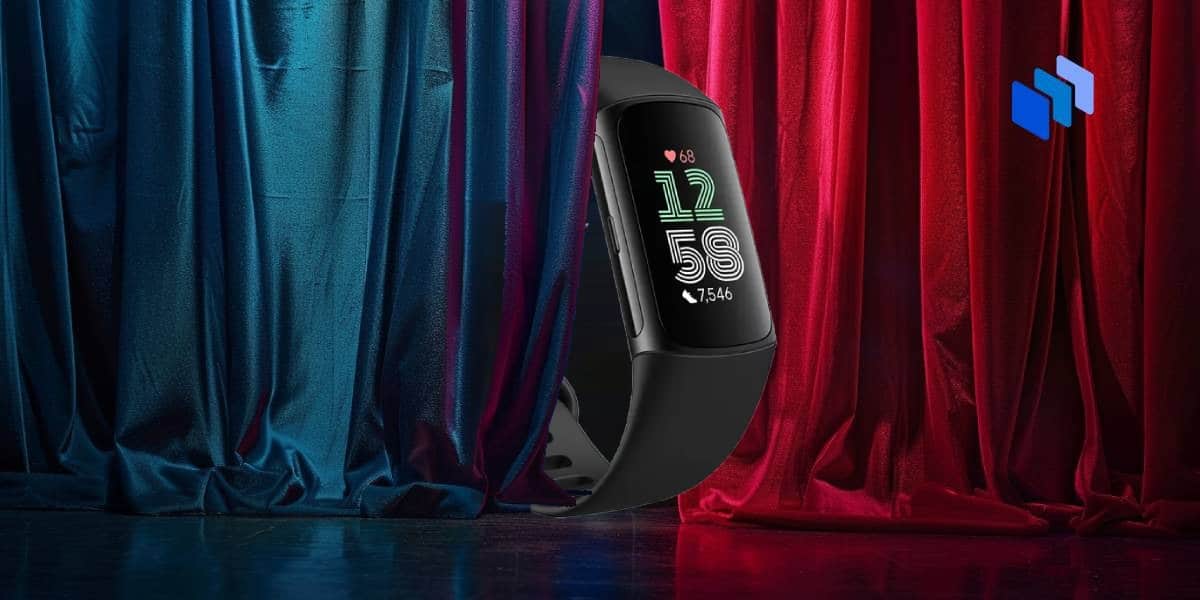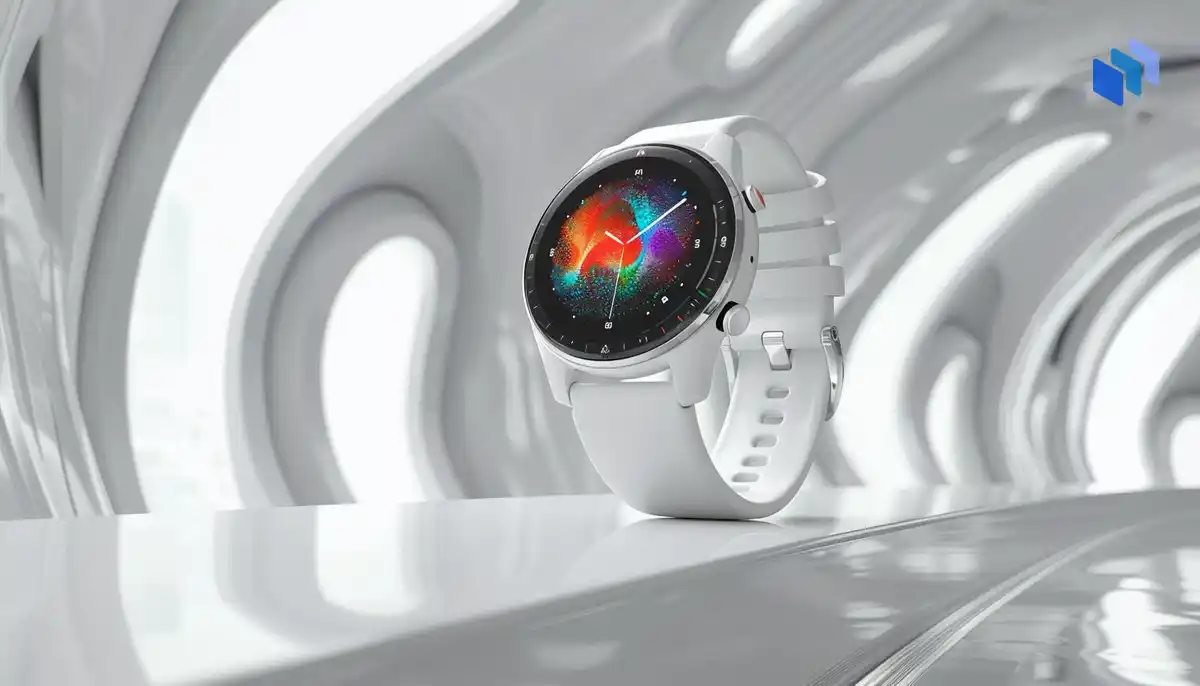2024 was once again supposed to be the year we strapped bulky headsets to our heads in unison in preparation for a new ready-player-one lifestyle. In one corner was the launch of the highly anticipated Vision Pro headset from Apple, which promised an easy entry point into the mysterious world of spatial computing. Meta kept things simple in the other corner by focusing on VR.
A few months after the hype, both devices have arguably become overshadowed by the AI everywhere trend that dominates our daily newsfeeds. But if you re-examine the pros and cons of the Meta Quest 3 vs. Apple Vision Pro, choosing the best VR headset for you will depend on whether you want it for work or play and your budget.
So, join us in a Meta Quest vs. Apple Vision Pro battle as we help you determine which headset is worth investing in, considering your unique requirements and why you need a new headset.
Key Takeaways
- Target Audience: The Vision Pro is for premium enterprise users, and the Quest 3 is for broader, gaming-focused consumers.
- Display Technology: Vision Pro uses superior micro-OLED; Quest 3 employs more affordable LCD screens.
- Processing Power: Vision Pro boasts a powerful M2 chip; Quest 3 has a capable Snapdragon XR2.
- Physical Design: Vision Pro is heavier and possibly less comfortable; Quest 3 is lighter and more ergonomic.
- Input Methods: Vision Pro supports hands-free inputs; Quest 3 relies on traditional hand controllers.
- Price & Accessibility: Vision Pro is pricier; Quest 3 offers better affordability and accessibility.
Meta Quest vs. Apple Vision Pro: Head-to-Head Comparison
The Apple Vision Pro and Meta Quest 3 headsets exhibit a stark contrast in their technical specifications, highlighting their intended market segments and technological advancements.
Apple Vision Pro vs Meta Quest 3 Specs
| Feature | Apple Vision Pro | Meta Quest 3 | Meta Quest 4 (Rumoured) |
| Capacity | 256GB, 512GB, 1TB | 512GB | 1TB |
| Display | Micro-OLED, 23 million pixels, | 2 x LCD, 2064 x 2208 per eye | Micro-OLED, 2160 x 3840 per eye |
| Refresh Rate | 90Hz, 96Hz, 100Hz | 90Hz | N/A |
| Processor | M2 chip, 8-core CPU, 10-core GPU | Snapdragon XR2, Gen 2 | May come with a next-gen XR chip |
| Memory (RAM) | 16GB unified memory | 8GB | At least 16GB |
| Battery Life | Up to 2 hours | 2.2 hours | N/A |
| Connectivity | Wi-Fi 6, Bluetooth 5.3 | Wi-Fi 6E, USB-C | N/A |
| Input Methods | Hands, Eyes, Voice, Keyboard | Controllers, Hands | N/A |
| Weight | 21.2–22.9 ounces (600–650 g) | 1.1 lb (515 g) | N/A |
| Audio Technology | Spatial Audio, 6-mic array | Integrated Headphones | N/A |
Display & Processing Power
Vision Pro’s Superior Quality vs. Meta Quest’s Affordability
The Apple Vision Pro boasts a micro-OLED display with a stunning 23 million pixels, supported by a potent M2 chip featuring an 8-core CPU and 10-core GPU and a substantial 16GB of unified memory. This configuration underpins its premium positioning, emphasizing high-definition visual experiences and complex computing tasks.
In contrast, the Meta Quest 3 utilizes a dual LCD setup with a resolution of 2064 x 2208 per eye, powered by the Snapdragon XR2, Gen 2 chip, and 8GB of RAM, which suitably equips it for mainstream VR applications with an efficient balance of performance and cost.
Both devices offer similar battery life and refresh rates but differ significantly in weight and input methods, with the Vision Pro leveraging a hands-free interaction model emphasizing eyes and voice, compared to the Quest 3’s more traditional controller-based input.
This difference reflects their use case scenarios and the distinct technological ecosystems they are designed to integrate with.
Mixed Reality Capabilities
Both headsets leverage technology to offer mixed-reality experiences. The Quest 3 is a vast improvement on its predecessor, with better camera quality, but it still displays a somewhat fuzzy view.
The Vision Pro offers sharper camera visuals and displays multiple applications simultaneously, enhancing its usability as a productivity tool. It also supports multitasking with various iOS apps and integrates seamlessly with other Apple services.
Video Playback
The Vision Pro offers an exceptional video playback experience with high-quality displays, making it ideal for watching movies and other videos. It also natively supports a range of streaming services.
The Quest 3, while capable of video playback, does not match the Vision Pro’s quality but supports immersive VR180 and 360-degree video content, which the Vision Pro does not.
Deciding whether the prospect of watching a movie in an immersive experience appeals to you more than sitting in a room with a group of friends will help you determine whether you even need to enter the big Apple Vision Pro vs. Meta Quest 3 debate.
Design, Build Quality & Comfort
The Meta Quest 3 opts for a practical, user-friendly design with its plastic casing. This choice makes the headset lighter and more resistant to wear and tear and keeps the price more accessible.

On the other hand, the Apple Vision Pro exudes a premium feel with its magnesium, carbon, and aluminum construction. This high-end material mix adds some weight but enhances the device’s sleek, modern aesthetic.
Comfort and usability are paramount in VR headset design. The Quest 3’s lightweight build and strategic sensor placement afford it a futuristic yet functional look, complete with an adjustable IPD wheel and volume controls. Its design focuses on user-friendliness and comfort during extended use.
Contrastingly, the Vision Pro offers a refined design with a digital crown for adjustments and a front display showing the user’s eyes, aiming to make VR experiences feel less isolating. However, this design choice prioritizes style over the practicality of weight distribution.

Using Apple Vision Pro vs. Meta Quest 3 With Glasses
You wear Meta Quest 3 with glasses due to an adjustable strap and facial interface to accommodate different face shapes and eyewear styles. Your Meta Quest headset comes with a glasses spacer in the box for wearing glasses while using the headset.
Meanwhile, you can’t wear Apple Vision Pro while wearing your usual eyeglasses. As often happens with Apple devices, you have to purchase additional compatible ZEISS Optical Inserts.
However, you can use both devices wearing your contact lenses.
Functionality & User Experience
Meta’s Quest 3 is versatile and robust, with Touch Plus controllers ideal for interactive games and fitness applications. Its integrated battery supports a standalone experience, making it highly practical for dynamic use.
The Apple Vision Pro demands a tethered battery pack while offering superior build quality and high-end materials. This aspect might limit mobility but aligns with its use in more static, controlled environments.
Regarding everyday usability, the Quest 3 is designed to be as accommodating as possible, balancing the front heft with a comfortable headband that doubles as a counterweight. This design supports more extended gaming or fitness sessions with minimal discomfort.
The Vision Pro, though boasting an aesthetically pleasing design, is noted for being front-heavy and constantly reliant on an external battery pack, which might detract from its usability in more active scenarios.
Software & Ecosystem
There’s an ongoing debate over the integration and usefulness of the software on the Vision Pro. While it excels in aspects like passthrough quality and integration with Apple products, the actual utility for tasks beyond media consumption needs to be questioned.
Meta’s Quest 3 is seen as one of the biggest Apple Vision Pro competitors. In contrast, the Quest 3 benefits from a robust gaming and app ecosystem, making it a more versatile device at a much lower price point.
Purpose & Market Positioning
When discussing the Meta Quest 3 vs. Apple Vision Pro, it’s crucial to remember that these are two very different devices focussing on different audiences.
The Vision Pro is positioned more as a futuristic, wearable computer than a gaming-forward device, akin to the first-generation iPad. This positions it differently from the Quest 3, which is more mature in the gaming market.
The Vision Pro is superior for work-related tasks, offering clear visuals that are best described as having a high-definition monitor strapped to your face.
The Quest 3, while capable of connecting to PCs and supporting multiple monitors via third-party apps, lacks the seamless integration and multitasking abilities of the Vision Pro. This means that these headsets are not just for gaming but also for enhancing productivity and entertainment.
Visio Pro will be your first choice if you are looking for a pro headset that promises to transform your workflow. Although in its infancy, we are already beginning to see enterprise use cases for spatial computing.
However, if you find this stuff gimmicky and simply enjoy new ways to play games or work out, then the much more affordable Quest 3 is probably better suited to your needs.
Development & Future Potential
While the Vision Pro shows potential for high-end features and integration with Apple’s ecosystem, it is still early in its lifecycle and lacks some applications and functionalities. With no sign of the Quest 4 in the immediate future, the Quest 3, being more established and affordable, is recommended for those currently looking to explore VR and mixed reality.
Some users hope that as apps and firmware updates are released, the Vision Pro’s full potential will be unlocked. Meta’s strategy of building an extensive VR ecosystem is seen as more practical and consumer-friendly.
Quest 3 vs. Vision Pro Price
Meta Quest 3: $499; Apple Vision Pro: $3,499
There is a huge gap in price points between the Quest 3 and the Vision Pro, which will play a critical factor in your final decision. The entry price for the Meta Quest 3 is approximately $499, while the Apple Vision Pro starts at around $3,499.
Meta’s Quest 3 is priced to make it accessible to a broader audience and increase adoption in the industry. In contrast, the Vision Pro’s high price reflects its premium features and target market within the luxury segment and enterprise space.
The Bottom Line: Which VR Headset Should You Buy?
There is persistent skepticism about the Vision Pro’s high price point, questioning its current value for most consumers compared to the more affordable Quest 3. More clarity is needed about whether the Vision Pro’s high-end features solve enough real-world problems to justify its price and bring spatial computing into the mainstream.
The Meta Quest 3 and Apple Vision Pro offer distinct takes on what a VR headset can be, tailored to different types of users. The Quest 3 excels in versatility and comfort, making it suitable for various interactive experiences. At the same time, the Vision Pro focuses on delivering a high-end, albeit less flexible, user experience.
As VR, mixed reality, and spatial computing technology progress, the design philosophies of these headsets will continue to influence how we interact with digital worlds.





